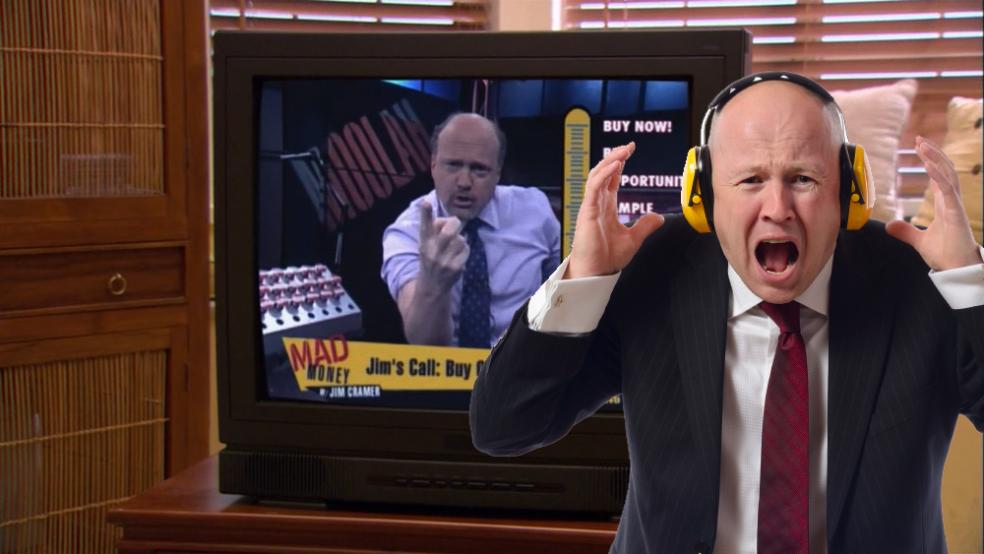For weeks now, investors have been bombarded with recommendations and predictions for 2014. It’s an inevitable annual ritual in which Wall Street strategists, financial publications of every size and seemingly every talking head who has ever looked at a stock chart puts forth their prognostications about what will happen over the coming 12 months. How will the market do? Which trends will dictate returns? Which stocks will beat the market? Suddenly, everyone has a forecast, guess or opinion to announce. And yes, we’re guilty of it too.
On the whole, the seers are relatively sour on U.S. stocks in 2014. Goldman Sachs strategist David Kostin, for example, set a cautious year-end target of 1,900 for the S&P 500, which represented a gain of about 6 percent at the time the forecast was published, but would be just 2.8 percent higher than where the index ended 2013. A wider group of eight market strategists tracked by FactSet Research Systems predict the S&P 500 to drop 2.3 percent, on average, over the next 12 months. The high target was 1,950 (5.5 percent higher than the 2013 close), while the low was 1,440, representing a crash of 22 percent from December 31 levels. Yikes.
The analysts who track and issue forecasts for companies and sectors are somewhat more bullish, projecting a 4.8 percent increase for the year. That’s still the smallest projected gain in five years, according to FactSet.
Related: The No-Fear Guide to Financial Planning in 2014
All those intrepid big-picture forecasters only rarely go back to see how they fared. (Kudos to those who do, especially when it means they must admit their forecasts were off.) Their record is mixed at best, pathetic at worst – and the details might make you feel a bit more comfortable with the gloomy 2014 outlooks.
A year ago, six market strategists tracked by FactSet had an average target price for the S&P of 1,452.50, meaning they were looking for the index to gain 1.8 percent on the year. Or as Peter Boockvar, chief market analyst at The Lindsey Group, noted in an email Monday morning, the median price target for the S&P 500 at the end of 2012 was 1,550, based on to Bloomberg data. Citigroup’s chief U.S. equity strategist, Tobias Levkovich, had topped 14 sell-side Wall Street forecasters followed by Business Insider with a projection of 1,615.
The index actually closed the year at 1,848.36, up almost 30 percent. Even the most bullish of analysts was far shy of that mark. (Of course, that didn’t stop Boockvar from venturing his own prediction of a 15 percent to 20 percent pullback for the S&P 500 in 2014.)
So even as the final predictions for 2014 trickle in, investors might find the best advice they get this time of year is this nugget, intended for individual investors, from Birinyi Associates: “take the various publications (and if you don’t subscribe, still go buy the year end piece), put them on the top shelf or the bottom drawer and sometime around late March or early April go through them and see how little you have missed.”
Top Reads from The Fiscal Times:





